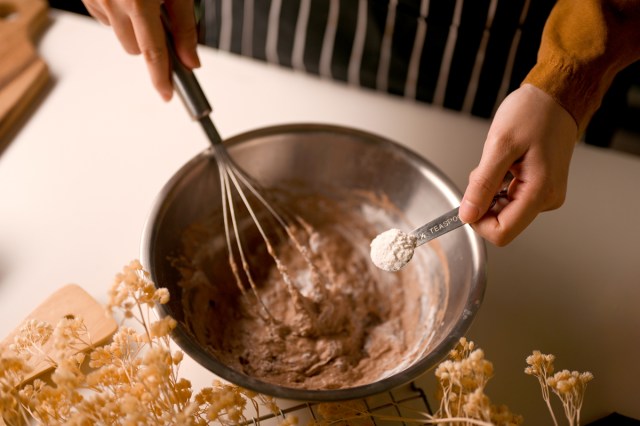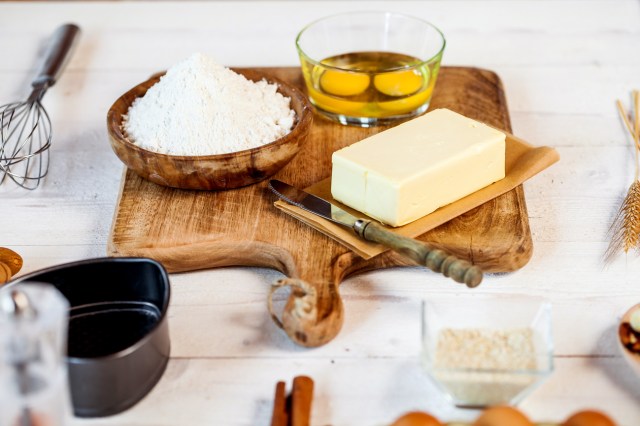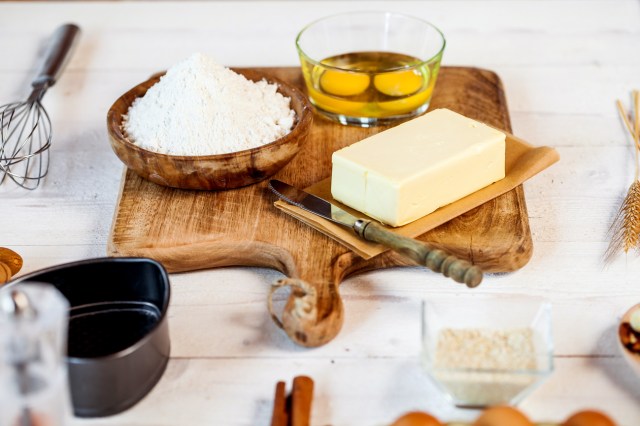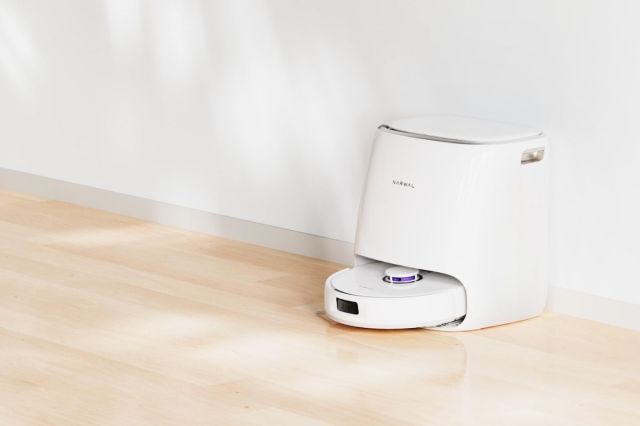Whether baking is your passion or you rarely spend much time in the kitchen, you probably still have baking powder and baking soda in your pantry. While these culinary staples may appear — and sound — nearly identical, there are key differences in their chemical composition and uses. So whether you’re aiming to become a master baker or simply curious about the science behind these ingredients, here’s what distinguishes baking soda from baking powder.

What Is Baking Soda?
Baking soda is the colloquial name for sodium bicarbonate, a chemical leavening agent that helps make baked goods light and fluffy. It is an alkaline substance that neutralizes acidic ingredients, including vinegar, lemon juice, and buttermilk. Baking soda produces carbon dioxide when mixed with these acids, creating small bubbles that help dough rise.

What Is Baking Powder?
Baking powder is baking soda mixed with an acidic component, such as cream of tartar or cornstarch. Since baking powder already contains baking soda and acid, all it takes is the addition of a liquid or heat to activate the powder in a recipe. Like baking soda, baking powder produces carbon dioxide that helps dough rise.

How to Substitute Baking Soda for Baking Powder
Baking soda is significantly more potent than baking powder, with 1/4 teaspoon of baking soda equivalent to 1 teaspoon of baking powder. If you don’t have baking soda on hand for a recipe, you will need four times as much baking powder to produce the same leavening effect. Unfortunately, this high amount of baking powder may lead to a bitter and unpleasant taste, so only use this swap in a pinch.
Reader Favorites

How to Substitute Baking Powder for Baking Soda
If you don’t have baking powder handy, you can use baking soda with an additional acidic component like cream of tartar. For every 1 teaspoon of baking powder, combine 1/4 teaspoon of baking soda with 1/2 teaspoon of cream of tartar. If you do not have cream of tartar, you can use 1/2 teaspoon of lemon juice or vinegar instead — just make sure to mix those in with liquid ingredients, not dry ones.
Featured Image Credit: 123object/ iStock
More From Our Network
Better Report is part of Inbox Studio, which publishes content that uplifts, informs, and inspires.

















